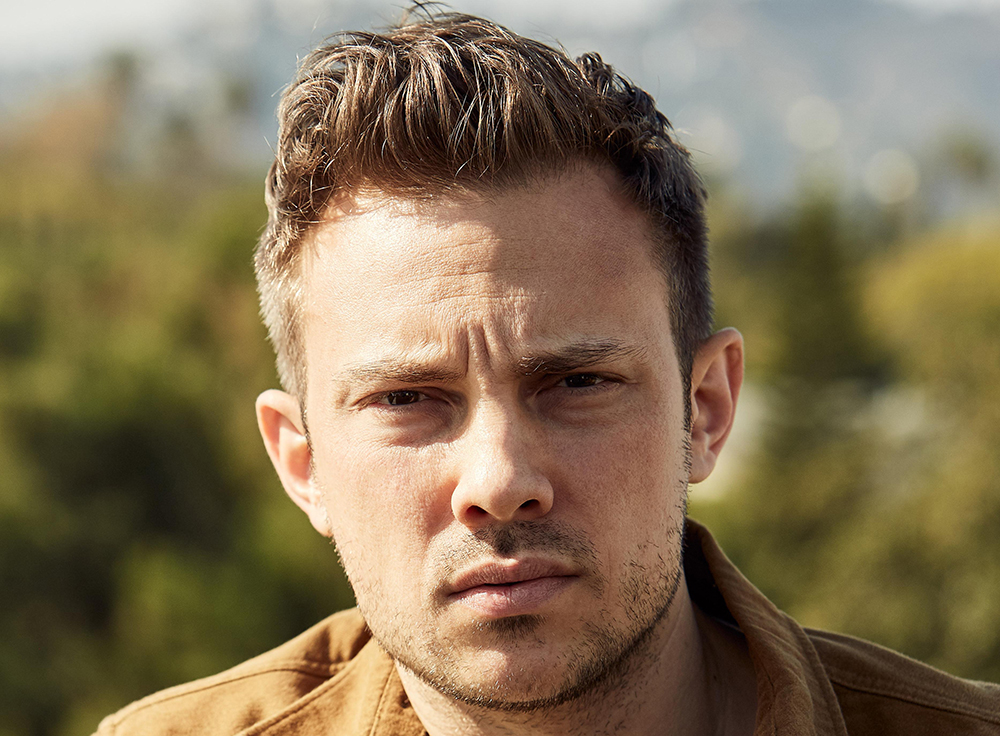The background and David Holthouse
Series director and producer Joshua Rofé, of the new Hulu docuseries “Sasquatch,” had an interesting experience getting involved in the project which he told me about, as well as other stories, in an interview over Zoom.
Rofé involved himself when one of his friends, Zach Cregger (an executive producer on “Sasquatch”) told him about a podcast called “Sasquatch Chronicles,” a podcast where people give accounts of their experiences.
“Immediately I thought I had no interest when I heard that,” said Rofé in our Zoom chat, as he mentions he listened to one episode to start. “Four days later, I had listened to 11 episodes. “I wasn’t hung up on if I believed the stories, because I was really struck by – [and]in a way – overwhelmed by the fact that I sensed this thread of visceral fear throughout all the different stories, from all these different people.”
Rofé’s next step was contacting his friend and investigative journalist David Holthouse, the main subject of the Hulu series. He texted him in February 2018, saying, “This is the craziest text I’ll send you for the next five years. I want to find a murder mystery that’s somehow wrapped up in a Sasquatch story.”
Holthouse replied, “I love it, I’ve got one. I’ll call you in five.”
Rofé explains that Holthouse told the story that’s outlined in much of the first episode of “Sasquatch,” as Holthouse was a gonzo journalist “trying to be Hunter S. Thompson” in 1993 where he got himself in hot water. To escape it, he visited a friend’s cannabis farm in Mendocino County, California. His friend said, “Stay for a week, you’ll smoke great weed, you’ll take some mushrooms and trip in the forest and I promise you you’ll go home refreshed.”
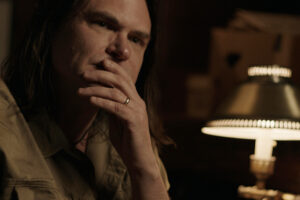
Rofé sets the scene of tension in Mendocino County. People place booby traps around cannabis farms and people talk of a violent Sasquatch in the area. On David’s second night, it was pouring rain and David was hanging out with his buddy and the owner of the farm in the middle of the woods. They were watching Monday Night Football when the phone rang and the farm owner answered it.
“15 to 20 minutes later, out of the front window, you can see headlights,” said Rofé. “The farm owner opens the door; there are these two guys who are completely petrified, talking a mile a minute, totally freaked out. They tell the farm owner there are three guys who were found dead further up the mountain. They’ve been torn limb from limb and a Sasquatch did it. And the body parts are tossed amongst what’s the equivalent of $250,000 worth of marijuana.”
“When he told me that story, I just thought, ‘God, I would love to do this because I think David would be such an amazing person to follow down this rabbit hole.’”
The animation
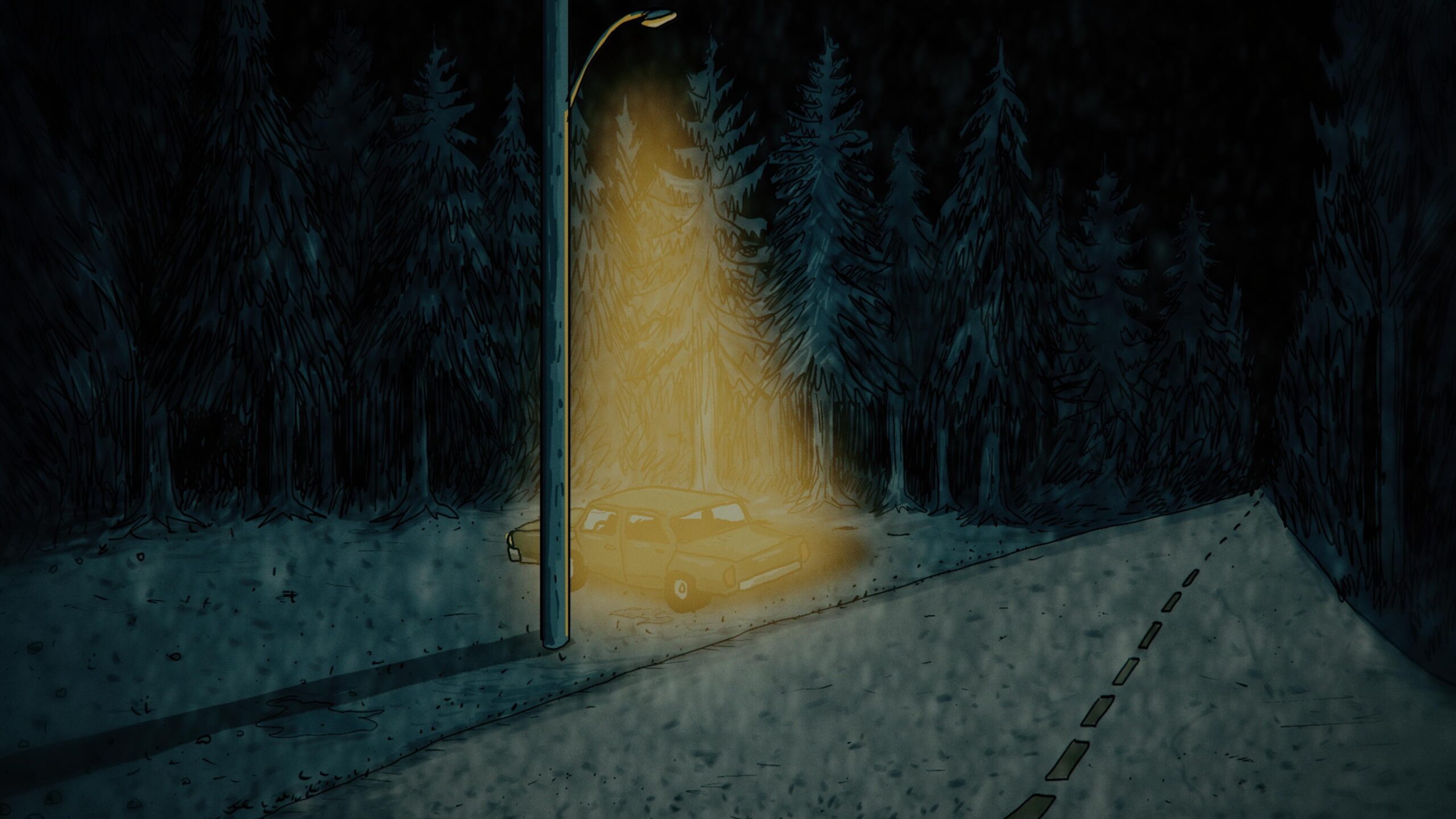
Rofé outlines some of the animation feature din the series, created by animator Drew Christie.
“When we were first talking about how we were going to approach this visually beyond the interviews, beyond the scenic B-roll and the locations and all that kind-of stuff,” Rofé started. “There are parts of this story that there’s nothing we can find to do it justice. In a way, this is sort-of like a graphic novel in its field, maybe even more than a doc.”
He says that one of the film’s producers, Mark Duplass, suggested animation; they thought it was a great idea, and Duplass introduced Rofé to Drew Christie.
“I had a conversation with Drew and sent him a two-minute clip of David telling some of the story of that night in 1993,” said Rofé. “He came back with an animated sequence that didn’t change much, even to the final version of the show. He got it right away.” Rofé also shared that Holthouse enjoyed seeing how young he looked in the animation.
The animation does capture the tone of the show, as Rofé later describes the creepiness of the Mendocino County woods. The series often describes it as “restless and creepy” throughout the show; and for Joshua himself, these redwoods were a different experience with the show in mind. “Everything I experienced while I was shooting was through the lens of this ghost story,” said Rofé. “I found it to be – while beautiful and majestic – also sort-of terrifying and so filled with uncertainty. I’d never looked at the woods in that way before.”
The side characters, experiences, and beliefs
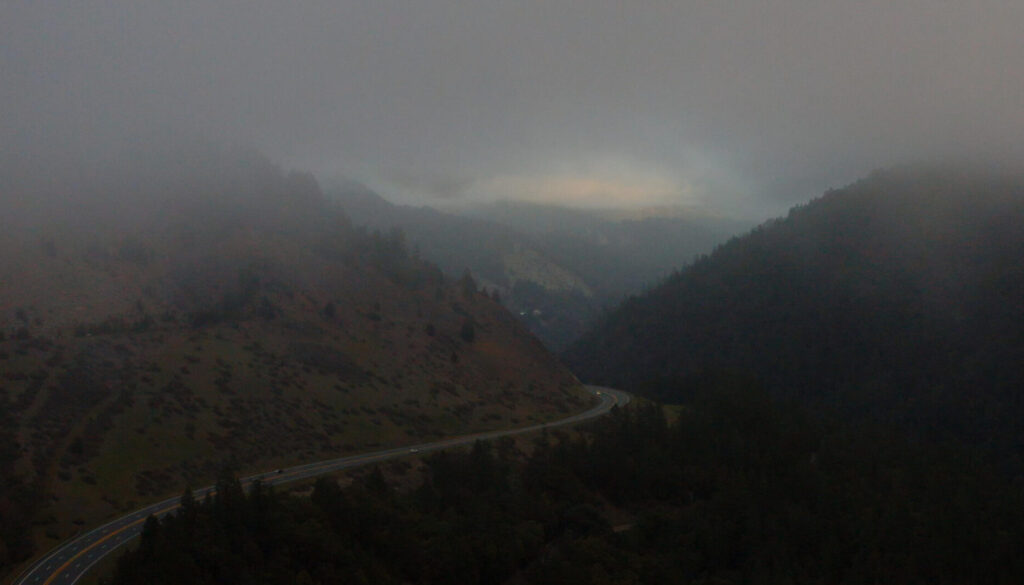
We also chatted about some of the characters featured in the project and their experiences with Sasquatch. Rofé loved meeting Bob Gimlin, who is one half of the Patterson-Gimlin film from 1967 that showed “supposedly” a Sasquatch walking in the redwoods. “It was really great to meet him,” said Rofé. “To sit down with him and he’s in his cowboy hat and he has his amazing belt buckle… He was so charming in such an authentic and humble way. I loved meeting him.”
The items these people have in their homes complement the production design because of all their props, like Sasquatch legs that are also lamps, as well as Sasquatch footprints. Rofé was able to visit so many of these homes and see their passion for Sasquatch. “The commitment is on full display in the dining room or in the living room,” says Rofé. “…they don’t put it away when somebody comes over because they’re afraid someone is going to think it’s ridiculous. This is what they believe; [it’s] part of the fabric of their lives and how they decorate their homes.”
Belief was an interesting conversation, as at one point in the docuseries, a man laughs at the idea of Sasquatch. “That’s the funniest thing I’ve ever heard,” he says; and then, without skipping a beat, talks about his belief in UFOs.
“Isn’t it funny, we all have our own idea of what’s ridiculous and what’s not,” says Rofé. “I think that’s so interesting because there’s people who believe in Sasquatch believing, period. If you told them something else that we believe, maybe they’ll think it’s completely ridiculous. The fuzziness of that line of what is and isn’t true, that’s definitely a fascinating thing. It’s also entertaining to watch people sort-of disagree on some of those things, and there is no definite answer.”
Above all, I hope it entertains people,” said Rofé in our chat over Zoom. “There is so much more than this sort-of slug line of it being a Sasquatch murder mystery.”joshua rofé
One of those entertaining moments come in the banter between married life partners Wayne and Georges. “There’s enough that they agree on in life that they’re happily married; yet one of the biggest things in their life is Sasquatch, and they do not agree on what Sasquatch is,” says Rofé. “Is it a blood guts thing? Or is [he]an interdimensional alien life force? I love that sort-of classic old married couple banter, revolving around, ‘What is Sasquatch?’”
“Sasquatch” gives so many layers and explores so many different angles, including these interviews and the more hard-hitting interviews, that “Sasquatch” could surprise fans.
“Above all, I hope it entertains people,” said Rofé in our chat over Zoom. “There is so much more than this sort-of slug line of it being a sasquatch murder mystery. I hope people can appreciate the deep dive on those more unexpected things.”
Quick hits
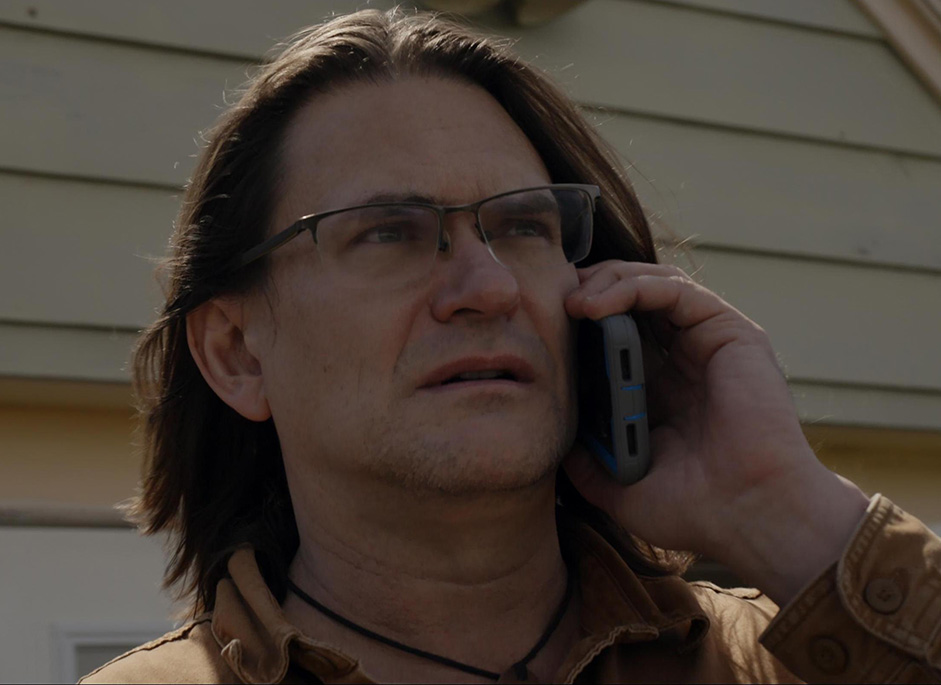
With how dangerous some interview subjects become, it was important for the editing team to remember to use caution. They would bleep out certain people’s names and pixelate certain subjects’ faces. And when I was curious if there’s a fear of overseeing a small detail like that, Rofé said it was something they were constantly aware of. “By the end of the day you watch it so many times that shame on us if something slipped through the cracks like that,” said Rofé with a laugh.
Rofé on the message of us all searching for something: “We all have things that we’re afraid of and that we’re running from or running towards. This story, as ridiculous as it can look on the surface, at every turn, everything you’re seeing is a manifestation and/or the embodiment of trauma and fear. Over and over again, for all the different people involved, and how do you respond to those things? I think once people watch the show, those things are really there to grapple with.”
About making it as a three-episode docuseries instead of a feature film and being able to go “full bore” into each story on their own: “While tonally there’s a throughline, [all three episodes]tackle such different aspects of this three-pronged story as the way we see it. I think what’s inherently great about a certain kind-of story being episodic is the opportunity for cliff hangers and where you could leave those things. More than anything, there was so much more real estate to explore when you could give them each their own 45-minute or 52-minute episodes.”
About the opportunity to premiere on Hulu: “It’s amazing. I’m somebody who’s so grateful to be a filmmaker and have things come out in a significant way like that. It’s great to be able to make something and have it come out and know that a bunch of people are going to see it; it’s something I don’t take for granted.”
A big thanks to Joshua Rofé for speaking to us about his project. Don’t forget to check out “Sasquatch” on Hulu!

